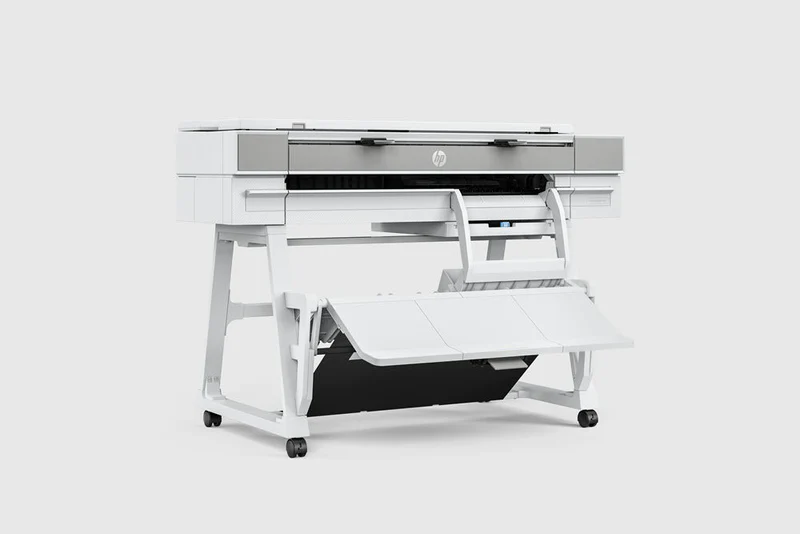Print Resolution

Resolution. For most people, I think, it's something we make at New Year's and promptly drop by the wayside in late January or so.
But in the wide world of print, resolution means something completely different. The resolution on the printed page is measured in dots per inch or DPI. On a digital screen or scanner, they're measured as PPI or pixels per inch, and they relate to one another with very little difference.
So there it is, DPI is printed and PPI is digital. Fair?
Print resolution is largely a function of the print head and when we buy a printer, the box or the brochure will boast print resolutions of 600 dpi or 1200 dpi and even 2400 dpi, and this refers to the number of points or drops of ink that can be found in a square inch on the page.
So we live in the 21st century and have been disciplined to believe that more is better, but before we leap at the 2400 dpi print resolution reasoning that the output will be more beautiful than the other options, let's consider the pitfalls. A 1200 dpi print requires a file size that is 4X that of the 600 dpi print and the 2400 dpi print is 16X larger, so the trade‐off is a lot more data to process for often times, very little gain or worse, a detriment.
The more astute of you will already know that 2400 dpi is almost always subject to a process called "interpolation", where a mathematical algorithm is used to generate the additional DPI to get to 2400, so what we're seeing is not ACTUAL data but rather artificially created data.
But enough of that. So how much resolution do we need to create pleasing pictures, renderings, and drawings?
It all depends on two things:
- Viewing distance and…
- Audience.
If the viewing distance is normal office document distance and the audience is a data consumer (Excel, Word, etc.), then the good resolution would be around 300 dpi. If images were embedded, then 600 dpi will permit smooth transitions between shadow, mid‐tone, and highlight.
If the viewing distance is normal office document distance or visual communication up to 6 ft and the audience is a retail consumer (think brochures, product posters, etc.), then a good resolution would be 600 or even 1200 dpi to achieve something akin to a "contone" image quality (CONTONE stands for CONtinuous TONE or, more simply, photographic quality).
But consider this. You're driving in a car along the highway and you see a billboard for McDonald's with a nice-looking stack of pancakes beckoning you in for breakfast. If you were to stop your car, get out, walk across that farmer's field to get up close and personal with the print quality of the billboard, you would most likely be surprised to see that the print resolution is somewhere between 10 and 25 dpi. That means that up close, you can actually see the dot pattern!
WHAAAAAAT! WHY?
We've talked a lot in this series about how the brain perceives colour and how the optic nerve transmits the data to create that perception. Print resolution is no different. At that distance, the optic nerve captures and processes the data that it collected from that billboard and the brain unconsciously merges all the data together into an intelligent image that it can understand. PANCAKES! Printing that same 10x12 billboard at 300 dpi would have produced the same image in your brain but at the expense of an immense amount of data to be processed.
And that's all you needed to know to pull off at the next exit. (Assuming you like pancakes that is…)
So there it is, folks. Hopefully, the next time you look at a poster, a document or another type of visual communication, you'll look a little deeper into what makes up that communication. It's truly something.
"As long as we have physical bodies, print will have a place in our cultures." ‐ Unknown
If you have questions about drivers or anything Wide Format, why not reach out to the professionals in both our sales and service department here at Cansel. We help simplify your printed world!


